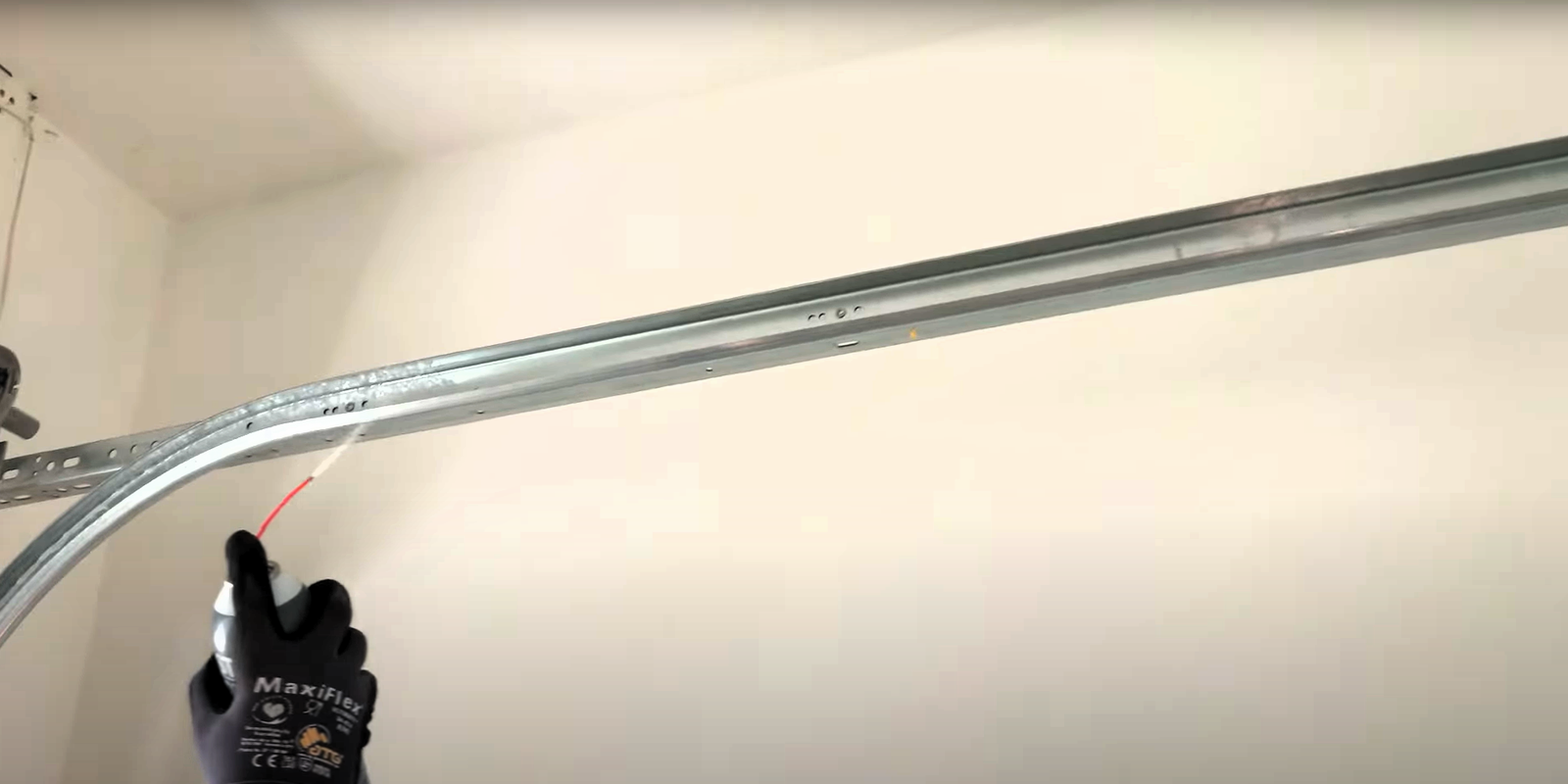Garage Door Track Repair: A Homeowner’s Handbook
- COMMERCIAL GARAGE DOOR REPAIR
- GARAGE DOOR OPENER INSTALLATION
- GARAGE DOOR SPRING REPAIR
- SAME-DAY GARAGE DOOR REPAIR
- CUSTOM GARAGE DOOR
- GARAGE DOOR OPENER REPAIR
- GARAGE DOOR TRACK REPAIR
- GARAGE DOOR CABLE REPAIR
- GARAGE DOOR PANEL REPAIR
- LOCAL GARAGE DOOR REPAIR
- GARAGE DOOR REPLACEMENT
- NOISY GARAGE DOOR FIX
- GARAGE DOOR INSTALLATION
- GARAGE DOOR SECTION REPLACEMENT
- OVERHEAD GARAGE DOOR REPAIR
- GATE REPAIR

Garage Door Track Repair: A Homeowner's Handbook
Garage doors are more than just a convenience—they’re a key element of your home’s security and functionality. One crucial component that often gets overlooked? The garage door tracks. These tracks guide your door smoothly up and down, but when issues arise, they can throw your entire setup off balance. The good news? Many garage door track repair tasks are manageable as DIY projects, saving you both time and money.
This guide will walk you through everything you need to know about garage door track repair, ensuring your door operates seamlessly once again.
Understanding Garage Door Tracks
Garage door tracks work as the pathways guiding the movement of your garage door as it opens and closes. There are different types of tracks, including:
- Vertical Tracks: These run straight up and down, supporting the door as it rises.
- Horizontal Tracks: These guide the garage door horizontally along the ceiling.
- Curved Tracks: Connecting the vertical and horizontal tracks, these help transition the door’s movement smoothly.
When functioning properly, these tracks ensure smooth operation. However, when something goes wrong, your garage door may become noisy, misaligned, or stop working altogether.
Common Garage Door Track Problems
Dented or Bent Tracks
Garage door tracks can get dented or bent from accidental impacts, such as hitting them with your car or heavy objects. These damages disrupt the door’s smooth movement and, if left unchecked, can cause further wear on rollers or even derail the door.
Misaligned Tracks
Tracks can become misaligned when the bolts holding them in place loosen over time or when improper force is applied. Misalignment can result in uneven movement and excessive strain on your door’s system, making prompt repair vital.
Rusted or Corroded Tracks
Rust and corrosion on your tracks can develop due to exposure to moisture or lack of lubrication. This not only weakens the metal but also hampers the door’s movement. Regular maintenance can help prevent this issue before it starts.
Step-by-Step Garage Door Track Repair Guide
Safety First: Disconnecting the Opener
Before starting any repair, disconnect the garage door opener to prevent accidental movement. Pull the manual release cord (usually a red handle) to detach the door from the opener.
Straightening Bent Tracks
- Use pliers for minor bends or a rubber mallet for deeper dents.
- Gently tap the bent section back into place while maintaining the integrity of the track’s shape.
Realigning Misaligned Tracks
- Loosen the bolts or screws securing the brackets holding the tracks in place.
- Use a level to straighten the tracks, ensuring they’re perfectly aligned.
- Tighten the screws or bolts securely to prevent future movement.
Preventing Future Track Problems
- Regular Inspections: Check your tracks at least once a month for any signs of damage or wear.
- Proper Lubrication: Apply lubricant to tracks and rollers to ensure smooth operation and reduce friction.
- Avoiding Impact: Be cautious when moving cars, tools, or equipment around your garage to prevent damaging the tracks
Keep Your Garage Door Rolling Smoothly
Maintaining your garage door tracks is essential for smooth and safe operation. While many repairs can be done yourself, it’s always a good idea to seek professional assistance for complicated or persistent issues. For expert help, contact Garage Door Repair Arcadia Florida. Their team ensures your garage door is back on track—literally and figuratively—in no time.
